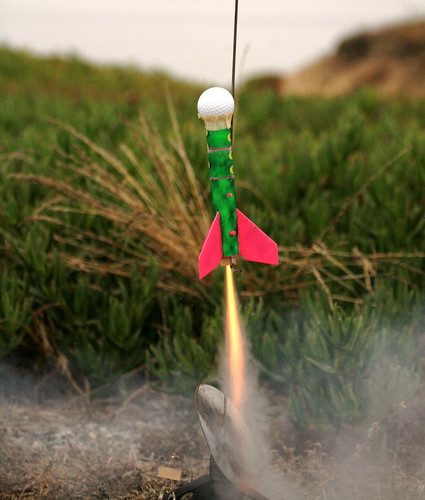
You want your middle schoolers to learn Internet research skills and gain some intellectual independence, but what will they find? What will pop up on their screens? Cara Bafile and Bernie Poole write at Education World about some of the bigger search engines.
The Big Daddy of search engines has to be Google. Google's additional tools, like Google Docs, make it a great tool for research and collaborative work. Google's search accesses billions of Web pages. Google also has some great targeted searches. One of them is the fabulous Book Search which trolls for full-text online books. I've used this for research and it is amazing what you can find. And what you can't find.
Local Search finds local services and businesses. Web pages can be translated into English from five different languages. Google's image search is a great and powerful research tool. Use SafeSearch. As an educated adult, I have been shocked by some Google image hits. If your students are doing a project and searching for images to use, definitely use one of the sites mentioned in the post Copyright- and Hassle-Free Images to avoid problems with ownership.
AltaVista is another "pure" search engine that also searches, like Google, for images, video and audio. It's simple and easy to use and a great option is you want the power of Google without a shopping list of extras. AltaVista has a filtering tool, Family Filter, that will filter just multimedia or everything that's searched. Once you turn it on and set it, you can use an optional password to keep the Family Filter on. You'll find the Family Filter in Settings.
Then there's Yahoo, which offers a search engine like Google and AltaVista but also has a directory which you can search by category and level to find webpages on your topic or interest. Yahoo offers a SafeSearch filter, too. The directory seems easier to control since no tangentially related and possibly problematic sites are likely to be listed. Your students can also see how their ideas are connected or how they narrow from a broad area to a specific topic or even a single website.
The article also mentions MetaCrawler, a meta-search which scans Yahoo, Google, MSN, AskJeeves and other search engines. The benefit of a meta-search engine is the wide sweep and the organization--the meta-search engine checks other search engines and compiles the links for you in order of relevance. The better your search term, the better your results.
But is this a real or potential problem? Are your students too busy to get into trouble? Or is your school's firewall so thick, nothing gets through anyway, not even NASA? Or is this handled with education on what is safe, where to look, how to search? How do you really handle this?
SOURCE: "Searching with Savvy, Part 1: The Best Search Engines" 10/24/05
photo courtesy of Joshua Davis, used under this Creative Commons license












